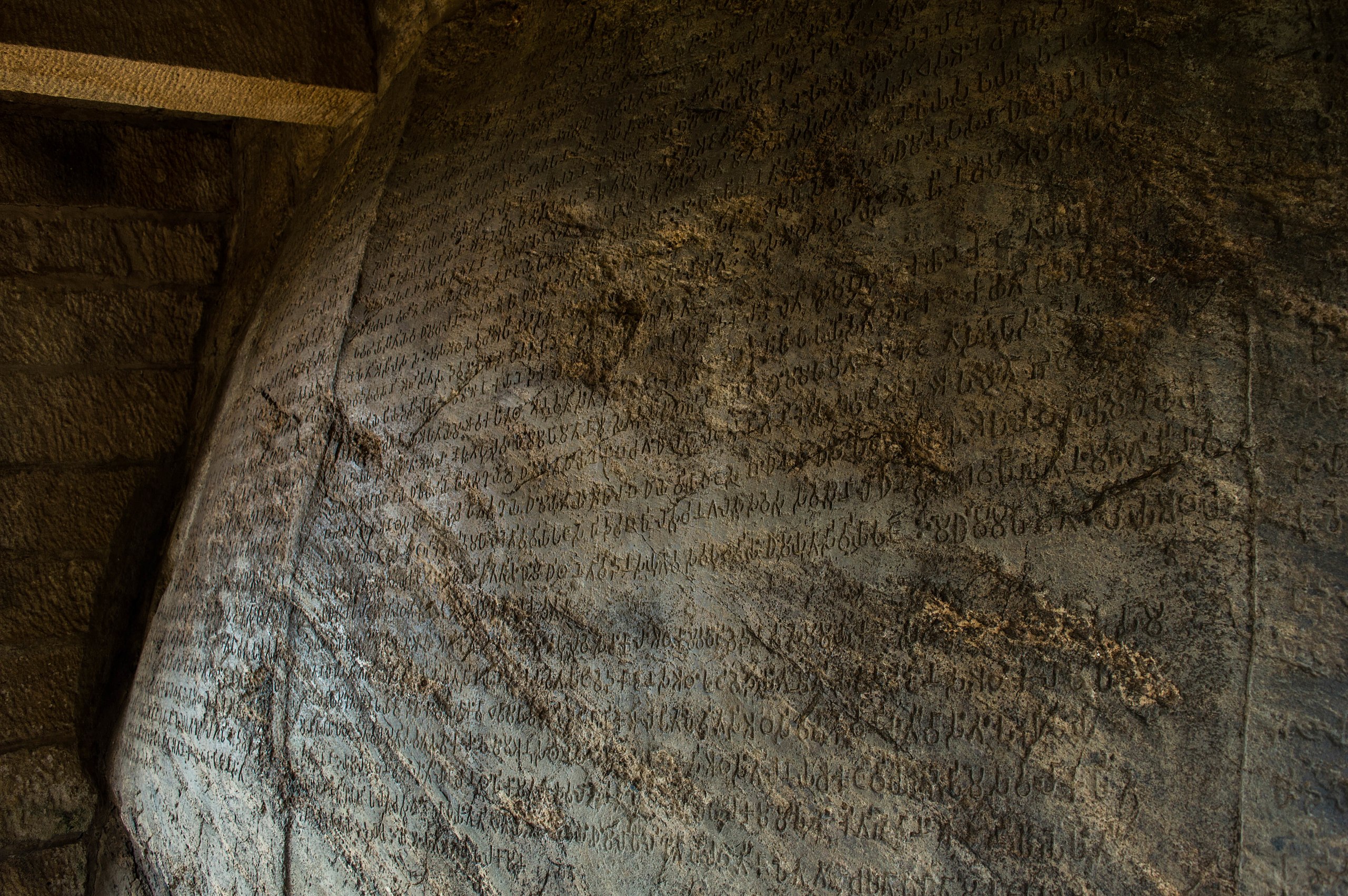
Dhauligiri is located on the left banks of the river Daya, a tributary of the Mahanadi, and is situated about 10 km from Bhubaneswar. It is believed to be the location of the famous Kalinga war, where the banks of the Daya would have provided a natural boundary line between the two armies. In Ashoka’s own words, as mentioned in his Rock Edict XIII, “One hundred and fifty thousand persons were thence carried away captive, one hundred thousand were there slain, and many times that number died.” The Kalinga war holds a very important position in Indian history, as after witnessing the bloodshed and massacre, Ashoka laid down his arms to follow the path of dharma-vijaya (religious victory). Markham Kittoee discovered the famous Ashokan edicts at Dhauli in 1833. Rock Edicts numbering I-X and XIV are found here. Edicts XI-XIII are replaced by two special edicts, known as Kalinga Edict I and Kalinga Edict II. Edict XIII mentions the Kalinga war and the death toll in the same. It can be understood that Ashoka might not want this edict to be included in his newly conquered territory, as refreshing memories about that deadly war would go against his political wishes. However, there are no specific reasons to believe why Edicts XI-XII were missed out at Dhauli, as both are very secular in nature. In his pillar edicts, Ashoka mentions that his set of edicts was engraved as per the local requirements, sometimes in full and sometimes in brief, omitted in parts or full, and space available on the medium. This might be the case at Dhauli, where a few edicts were omitted to include two extra and special separate edicts.